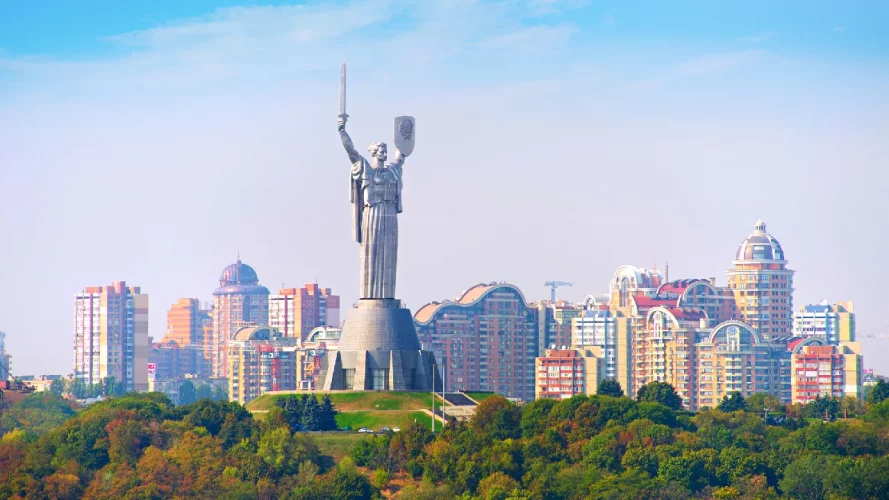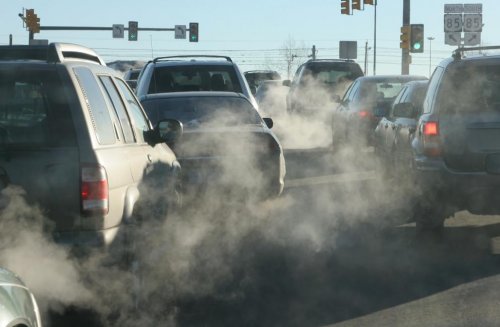In the air of Kyiv during the week from July 3 to 8, an excess of the average daily maximum permissible concentration of nitrogen dioxide by 4.2 times was found.
Compared to the previous week, the level of sulfur dioxide pollution has slightly decreased, according to the weekly report on air pollution from the Borys Sreznevsky Central Geophysical Observatory.
According to the data of the observatory, the exceeding of the maximum permissible concentration (MPC) in terms of the average daily content of nitrogen dioxide was:
- in 2.8-4.2 times – on Demiivska, Halytska and Bessarabska squares, Beresteyski prospect, Lesya Ukrainka boulevard, in the Hydropark district, Akademika Strazheska, Dovzhenka, Hetman Pavlo Polubotka, Inzhener Borodin, Kaunaska and Sklyarenko streets;
- no excesses were observed at 37 Nauky Ave. (in the area of the meteorological station).
Exceeding the MPC by average daily content of sulfur dioxide:
- in 1.6-2.1 times – on Demiivska, Bessarabska and Halytska squares, Beresteysky prospect, Lesya Ukrainka boulevard, in the Hydropark district, Akademik Strazheska, Oleksandr Dovzhenko, Hetman Pavlo Polubotka, Inzhener Borodin, Kaunaska and Semyon Sklyarenko streets;
- no excesses were observed at 37 Nauky Ave. (in the area of the meteorological station).
Exceeding the MPC by average daily formaldehyde content:
- in 1.0-2.9 times – on Demiivska, Bessarabska and Halytska squares, Nauka and Beresteyska avenues, Lesya Ukrainka boulevard, in the Hydropark district, Akademika Strazheska, Dovzhenka, Hetman Pavla Polubotka, Kaunaska and Sklyarenko streets .
Exceeding the MPC by average daily carbon monoxide content:
- 1.3 times – on Akademika Strazheska Street (July 6).
It is noted that compared to the previous week, the level of nitrogen dioxide and formaldehyde pollution increased.
Specialists of the observatory selected and analyzed 1464 atmospheric air samples from 15 stationary posts.
As EcoPolitic reported earlier, in Kyiv it was forbidden to swim on six beaches, because the water quality does not meet microbiological and chemical sanitary norms.





